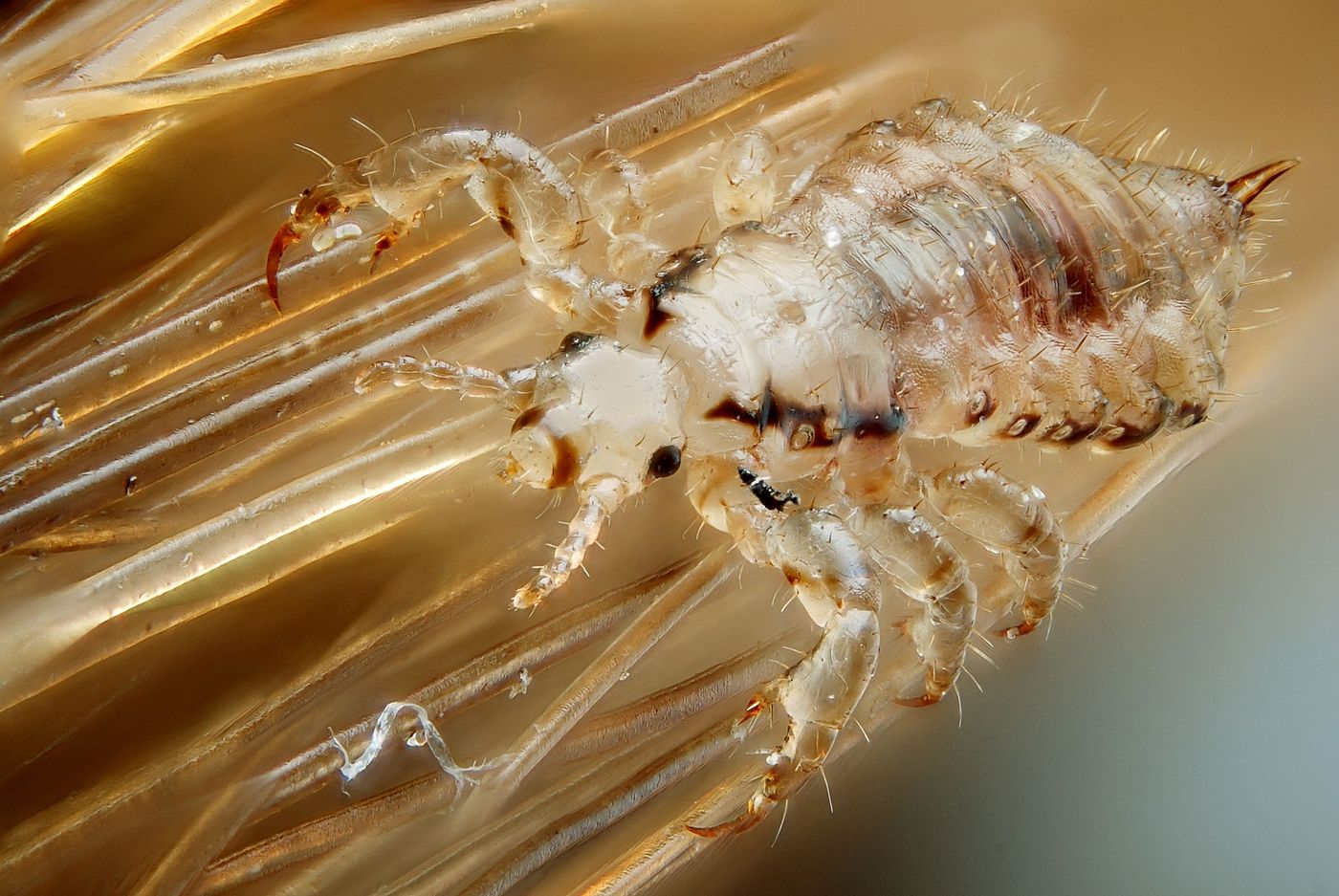Lousy Solutions for Lousy Problems: The New Arms Race with Human Lice
Image of a male human head louse, credit: Gilles San Martin under the Creative Commons Attribution-Share Alike 2.0 Generic license.
In the 1980s and 90s, our marvelous neurotoxic treatments for lice began to fail. When these treatment options sagged, various natural or synthetic oils, as well as plant extracts, grew in popularity around 2005.
Unfortunately, new reports of reduced efficacy suggest our ectoparasites are changing once more. In a new review out of the Journal Pharmaceutics, Ian F. Burgess of Insect Research & Development Limited warns if we don’t respond, we’ll lose another set of effective remedies. With these reports of treatment failure comes the realization that we were wrong to assume these creatures would never become immune to the new more natural treatments.
The new treatments were thought to kill lice physically, smothering the creature’s exoskeletons and stripping their surface lipid layer or causing asphyxiation by plugging their spiracle respiratory holes. But the truth is the killer ingredient isn’t always scientifically investigated. For example, the common natural treatments of tea tree oil doesn’t smother. Surprisingly, it has the same neurotoxic effects as popular chemical insecticides used on crops and mosquito control.
The solubilizing agents used at high concentrations to kill our creepy critters are sometimes common in toiletries. This provides plenty of opportunities to be exposed at low, near-lethal doses and develop immunity.
There’s a disconnect between laboratory and at-home treatment. Petri-dishes allow lice to be smothered during chemical tests way better than at-home application ever could. When customers aren’t able to get laboratory level doses on their stowaways, it again selects for advantageous survival traits.
Manufacturers are distracted by a secondary battle with each other. They all want their product to be less of a hassle than the competitor. The marketplace pressure to require fewer applications or less time is pushing the limits of the solutions and risking the formation of resistant lice.
Arthropods aren’t found in nearly every environment on the planet because they’re soft. Just as these ectoparasites created neurotoxic resistance, they can adapt their behavior or physiology to the new threats in their environment. Without properly addressing these shortcomings, Burgess warns we might lose the louse arms race once again.
Sources: CDC, A-Z Animals, Pharmaceutics









